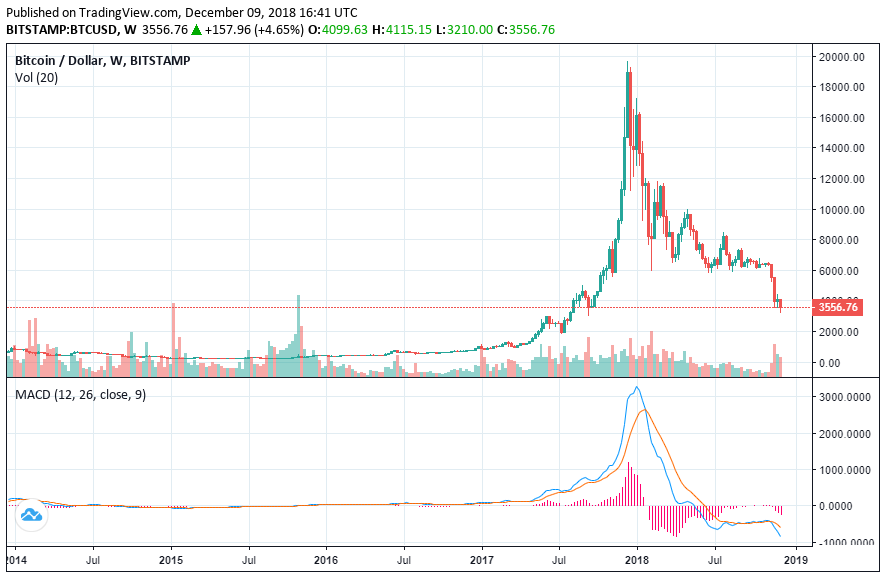Mike Novogratz, Jim Breyer, and Tim Draper are some of many billionaire investors in the traditional financial market who remain optimistic towards the long-term trend of crypto.
How are these investors able to maintain their positive stance in regards to the growth of the cryptocurrency sector following an 85 percent decline in valuation across the board?
It’s About Cycles
For the most part, high profile individual investors are able to handle severe losses in emerging asset classes and high-risk assets like cryptocurrencies such as Bitcoin (BTC) and Ethereum (ETH) because they account for a small part of their wealth and portfolios.
As is the same in real estate and other traditional markets, wealthy investors have the ability to hold onto assets and properties even during the event of an unexpected market crash or the occurrence of a bear market.
But, normal retail investors and individual traders who need quick cash to cover day-to-day operations and expenses have no other option but to sell most of the high-risk assets they hold in their portfolios.
In bear markets, retail traders often suffer a significant loss because they are unable to handle an 80 to 90 percent drop in value and are forced into a position to liquidate their holdings. Billionaire investors and large-scale institutions, in contrast, have the luxury to hold and sustain their portfolios.
Perhaps a bigger factor that has high net worth individuals remaining relatively positive on the long-term growth of the cryptocurrency market is the historical performance of Bitcoin.
Throughout the past nine years, Bitcoin has suffered five bubble-crash-build-rally cycles wherein the dominant cryptocurrency dropped by about 85 percent on average and recovered to a new all-time high.
From $19,500, Bitcoin has dropped about 82 percent in value and the 85 percent point would be at around $2,950.
On Wall Street, most of the high profile investors that are currently involved in the cryptocurrency market have gone through many cycles like the bubble-crash-build-rally pattern of cryptocurrencies, and for a big portion of those investors, such cycles do not come across as untypical.
This year has also demonstrated to investors that cryptocurrencies as an asset class is not a fad because both cryptocurrency-related businesses and major financial institutions continue to build and strengthen the infrastructure surrounding the asset class, as seen in the efforts of NYSE, Nasdaq, and ICE.
Jim Breyer, a billionaire venture capitalist, added that the world’s best computer scientists are flocking to the blockchain space and it would not be a smart move to bet against the industry:
“So many of the very best computer scientists and deep learning Ph.D. students and postdocs are working on blockchain because they have so much fundamental interest in what blockchain can mean. You don’t want to bet against the best and brightest in the world.”
Question is, When Will it Recover?
On average, it has taken 67 weeks for Bitcoin to recover in its past five major corrections and achieve a new all-time high. 67 weeks from the point in which Bitcoin achieved $19,500 would be the 2nd quarter of 2018.
The past is not a guarantee of the future performance of the cryptocurrency space, but it provides a hint on how the market normally performs and survives through intense sell-offs.
Jim Breyer Image from JD Lasica/Flickr
Get Exclusive Crypto Analysis by Professional Traders and Investors on Hacked.com. Sign up now and get the first month for free. Click here.
Source: CCN





